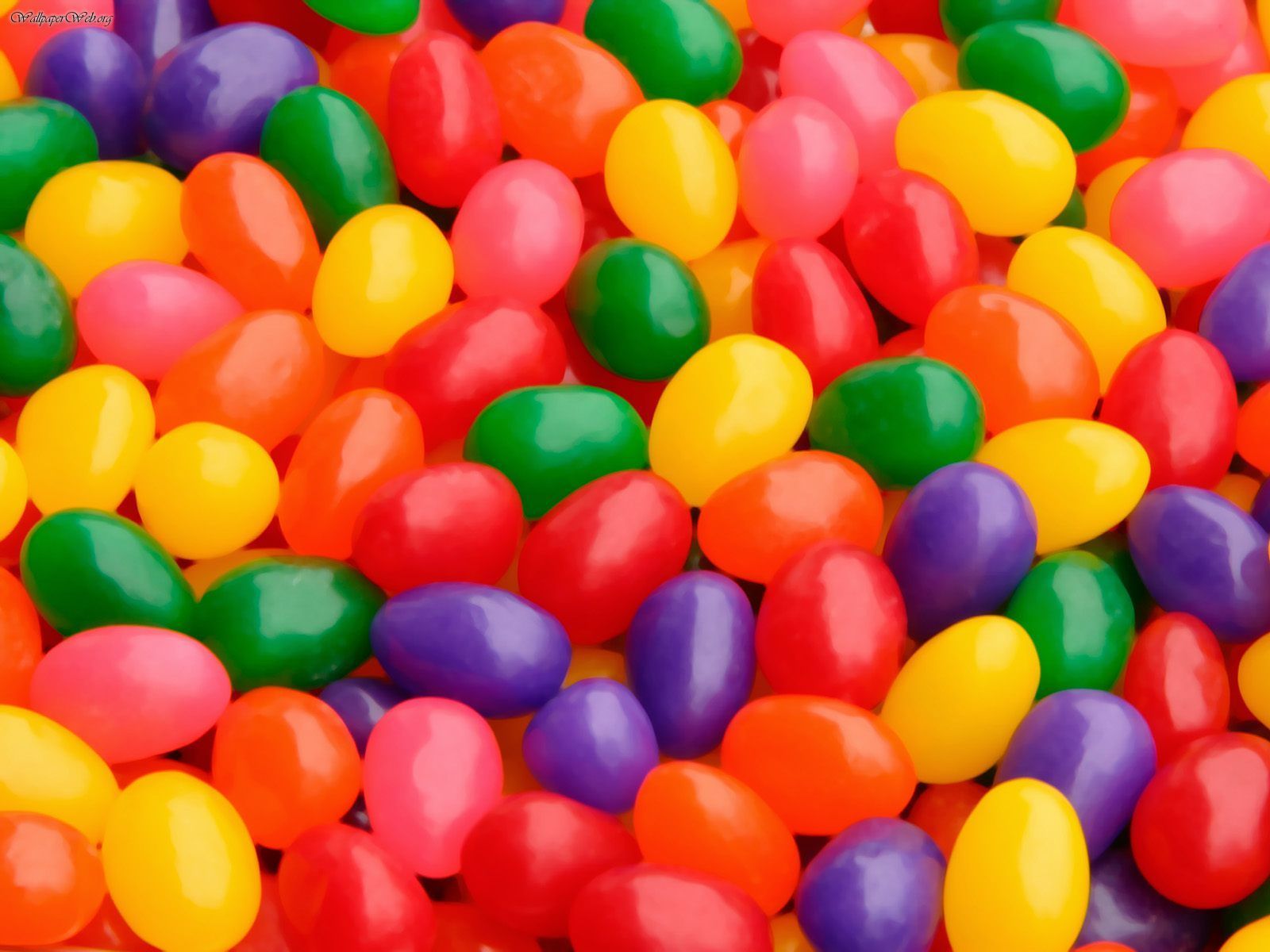Jellybeans have captured the hearts and taste buds of candy lovers worldwide, making them a beloved treat for both children and adults alike. These colorful, chewy confections come in a variety of flavors and shapes, appealing to those with a sweet tooth. In this article, we will explore the fascinating history, production process, and cultural significance of jellybeans, along with tips for enjoying them to the fullest. Prepare to dive into the delightful world of jellybeans!
The jellybean's journey began long before modern candy-making techniques were developed. This article will take you through the evolution of jellybeans, highlighting their transformation from a simple treat to a multi-billion dollar industry. Additionally, we will discuss the various types of jellybeans available today, their nutritional aspects, and how they are used in celebrations and traditions around the world.
Whether you're a casual candy enthusiast or a hardcore jellybean aficionado, this guide is designed to provide you with valuable insights and knowledge about these iconic sweets. So, let’s embark on this sugary adventure and discover everything there is to know about jellybeans!
Table of Contents
- The History of Jellybeans
- How Jellybeans Are Made
- Different Types of Jellybeans
- Nutritional Information
- Cultural Significance of Jellybeans
- Popular Jellybean Flavors
- Tips for Enjoying Jellybeans
- Conclusion
The History of Jellybeans
The origins of jellybeans can be traced back to the Middle Ages, when candied fruits were first made. However, the jellybean as we know it today began to take shape in the 19th century. As sugar became more accessible, candy makers experimented with various forms and textures, leading to the creation of the jellybean.
One of the earliest references to jellybeans appeared in a candy catalog published in the United States around 1861. Over the years, jellybeans gained popularity, particularly during Easter, when they became associated with the holiday.
The Evolution of Jellybeans
Throughout the 20th century, jellybeans continued to evolve. In the 1930s, the Jelly Belly brand was founded, which is still a leading producer of gourmet jellybeans today. The introduction of new flavors, vibrant colors, and unique shapes helped to solidify jellybeans as a staple in the candy market.
How Jellybeans Are Made
The production of jellybeans involves several intricate steps. Here’s a brief overview of the jellybean-making process:
- Cooking the Sugar: Sugar is boiled with water and other ingredients to create a syrup.
- Molding: The syrup is poured into molds to form the jellybean shape.
- Coating: The jellybeans are coated with a layer of sugar, creating their signature glossy finish.
- Flavoring and Coloring: Natural and artificial flavors and colors are added to enhance taste and appearance.
- Drying: Finally, the jellybeans are dried to achieve the perfect chewy texture.
Different Types of Jellybeans
Jellybeans come in a variety of forms and flavors, catering to different tastes and preferences. Here are some popular types:
- Classic Jellybeans: These are the traditional jellybeans that most people are familiar with, featuring a hard outer shell and a chewy center.
- Gourmet Jellybeans: Made by brands like Jelly Belly, these jellybeans come in an array of unique flavors, often inspired by desserts or exotic fruits.
- Organic Jellybeans: These jellybeans are made from organic ingredients and are often free from artificial colors and flavors.
- Sour Jellybeans: For those who enjoy a tangy twist, sour jellybeans offer a delightful contrast to the usual sweetness.
Nutritional Information
While jellybeans are primarily enjoyed as a treat, it’s essential to be aware of their nutritional content. Here’s a general overview:
- Calories: A serving of jellybeans typically contains around 140-150 calories.
- Sugar: Most jellybeans are high in sugar, with approximately 30 grams per serving.
- Fat: Jellybeans are generally low in fat, containing less than 1 gram per serving.
- Vitamins and Minerals: Jellybeans are not a significant source of vitamins or minerals, so moderation is key.
Cultural Significance of Jellybeans
Jellybeans hold a special place in various cultural celebrations and traditions. They are particularly popular during Easter, where they are often used to fill Easter baskets or as decorations. Additionally, jellybeans have become a symbol of good luck and joy, making them a popular choice for party favors and gift bags.
Jellybeans in Popular Culture
Beyond holidays, jellybeans have made their mark in popular culture. They have been featured in movies, TV shows, and even books, often representing nostalgia and childhood memories. The famous “Jelly Belly” brand has also contributed to their popularity with unique and creative marketing campaigns.
Popular Jellybean Flavors
The flavor variety of jellybeans is one of their most appealing aspects. Some popular flavors include:
- Cherry
- Watermelon
- Bubblegum
- Peanut Butter
- Vanilla
Gourmet brands also offer more adventurous flavors like "Cinnamon," "Pina Colada," and even "Buttered Popcorn," catering to a wide range of taste preferences.
Tips for Enjoying Jellybeans
To make the most of your jellybean experience, consider the following tips:
- Mix and Match: Create your own custom jellybean mix by combining different flavors.
- Use in Baking: Incorporate jellybeans into baked goods like cookies or cupcakes for added flair.
- Store Properly: Keep jellybeans in a cool, dry place to maintain their freshness.
Conclusion
Jellybeans have a rich history and cultural significance that continues to delight candy lovers around the world. From their unique production process to the wide array of flavors available, there is much to appreciate about these sweet treats. We encourage you to explore the different types of jellybeans and find your favorite flavors. Have a favorite jellybean or recipe? Share your thoughts in the comments below!
Thank you for joining us on this sweet journey through the world of jellybeans. We hope you found this article informative and enjoyable. Don’t forget to visit our site for more articles on candy and other delightful treats!


